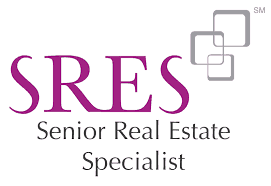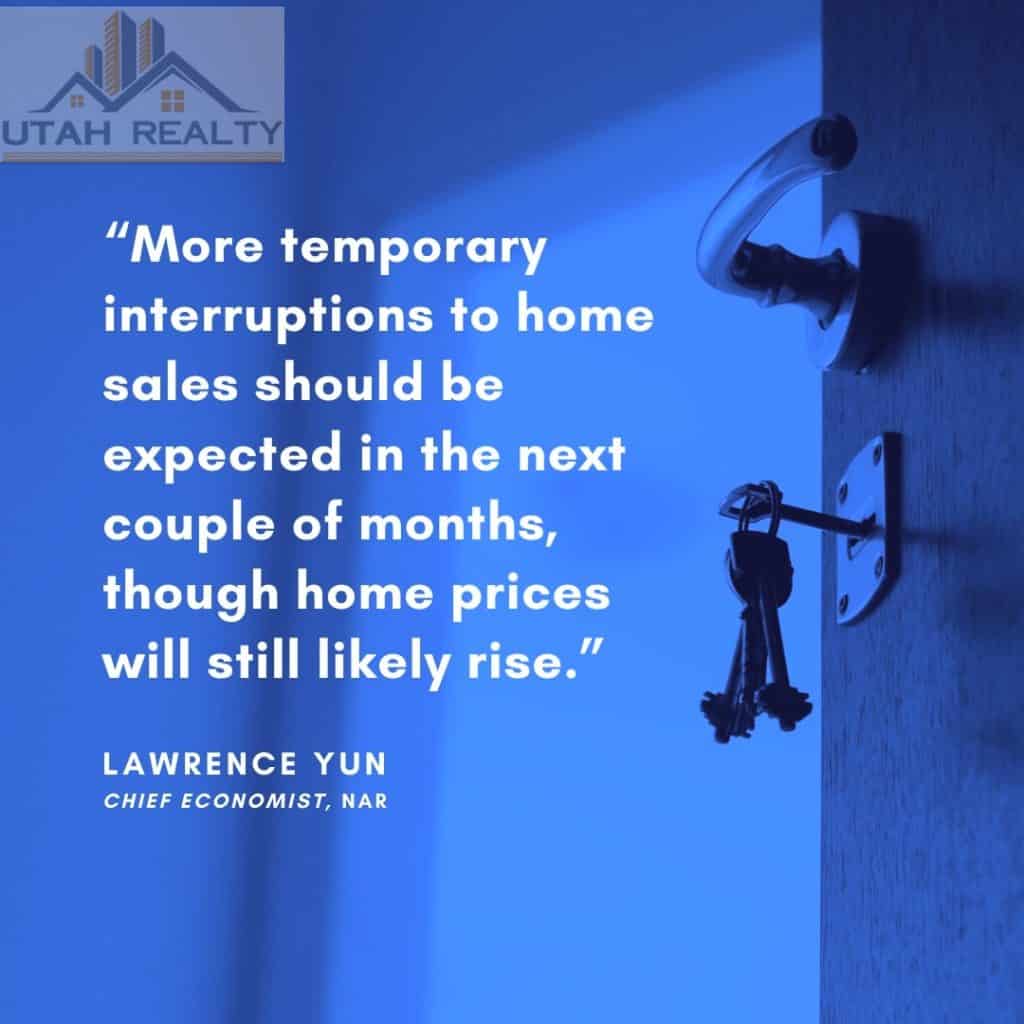

Caremongering Spreads Goodness, Not Fear
As news of Covid-19 started gearing up, Allison Bradley felt heartbroken when she spotted seniors running errands and grocery shopping around her town, Kelowna, B.C.
“My goodness, you are risking so much by being out here. It’s so unnecessary.” she recalls thinking. She then stopped by a senior service center and volunteered to help out during the pandemic.
“But I was still frustrated and upset. I kept seeing more of these seniors and felt I wasn’t doing enough,” she says.
Surrender to kindness
She and her partner, John Scott, responded by launching Caremongering Kelowna (https://bit.ly/2RyJyZf) on Facebook.
Caremongering is a phenomenon that has swept across Canada to respond to community needs as the Covid-19 pandemic took hold. Rather than surrendering to hopelessness and embracing anguish and spreading fear, caremongering gives people a way to act on their good natures and help their communities and neighbors.
It’s dead simple. Local residents post their needs – groceries, protective masks, and medicine pick-ups — and local volunteers step in to fulfill those needs.
Facebook Caremongering sites have emerged across Canada, including those in Oakville (https://bit.ly/2Vn91py), Toronto, Wellington (https://bit.ly/3a30mOf), and Yellowknife (https://bit.ly/2xtN4x0).
The idea also has taken hold in the United States. Caremongering sites have emerged in Joplin, Missouri (https://bit.ly/2RysdPU), in Tampa, Fla. (https://bit.ly/3emigPv), and in Chicago (https://bit.ly/3eiaPZO), for instance. In addition, hyper-local groups have popped up, including those in Chicago’s Edgewater (https://bit.ly/3el44Gi) and Logan Square (https://bit.ly/3egBfuM) neighborhoods.
Ensuring community well-being
“When we created Caremongering Kelowna, it was, ‘Oh, this will be good for the community, and we’ll be picking groceries and stuff like that.’ But it’s blossomed into so much more,” says Scott.
In addition to helping neighbors with the basics, people in Kelowna also have stepped up to deliver good cheer and maintain their community members’ physical and emotional well-being.
Groups have decorated their cars with balloons and streamers to do drive-by birthday parties.
Kevin Negoro, a local chef, cooked an entire meal (https://bit.ly/2yON8Yz) and dropped it off to help a family celebrate a birthday.
A property owner with an empty Airbnb near the local hospital is letting nurses stay for free.
Someone else wanted to learn how to play the guitar and a guitarist offered to sanitize one of his instruments and drop it off.
On other caremongering sites, the stories are much the same. People have been dropping off cake mixes, answering questions about making homemade yeast, delivering Easter meals to seniors, offering advice on starting gardens, and giving others a heads-up about where to get supplies and find doctors and home repair experts.
Still, it’s been challenging to find and serve the needs of seniors because many aren’t on Facebook, and Bradley and Scott still are looking for ways to get the word out more widely to seniors and their families.
From the heart
The two also encourage others to create their own caremongering sites.
Set-up is a cinch, and there’s minimal management, other than establishing a few ground rules and moderating the site.
Scott created a basic Facebook page and made it public. Beyond inviting some friends to join, there was no marketing involved.
Word got out through friends sharing the page with friends. In addition, the media picked up on it and did a couple stories, and within a few weeks of its March 17th launch, the site had over 1,700 members.
“We’ve got no organization over us, and we don’t take direct control of anything, other than encouraging people and saying, ‘Hey, you’ve got abilities and talents that nobody else has that you can contribute,’” says Scott. “Everyone has a neighbor and every neighbor has something that they can offer to one another.”
It starts with you
The main thing they monitor on the site is businesses trying to promote themselves or others looking for financial gain.
“It’s got to be, ‘How can I help?’ It has to be from the heart,” says Bradley.
For those who feel paralyzed and overwhelmed by stay-at-home orders, fears for the future, and dismay about the global political scene, Scott’s message is: “This doesn’t start at the top, but at the grassroots with you. You’re in charge of your household, you’re a part of a community, and you really are your own leader who can set an example.”



 The good news shown here indicates the number of additional unemployment claims has decreased week over week since the beginning of April. Carlos Rodriguez, CEO of Automatic Data Processing (ADP) says based on what he’s seeing:
The good news shown here indicates the number of additional unemployment claims has decreased week over week since the beginning of April. Carlos Rodriguez, CEO of Automatic Data Processing (ADP) says based on what he’s seeing: While forecasts may be high, the numbers are trending down and the length of time isn’t expected to last forever.
While forecasts may be high, the numbers are trending down and the length of time isn’t expected to last forever.










